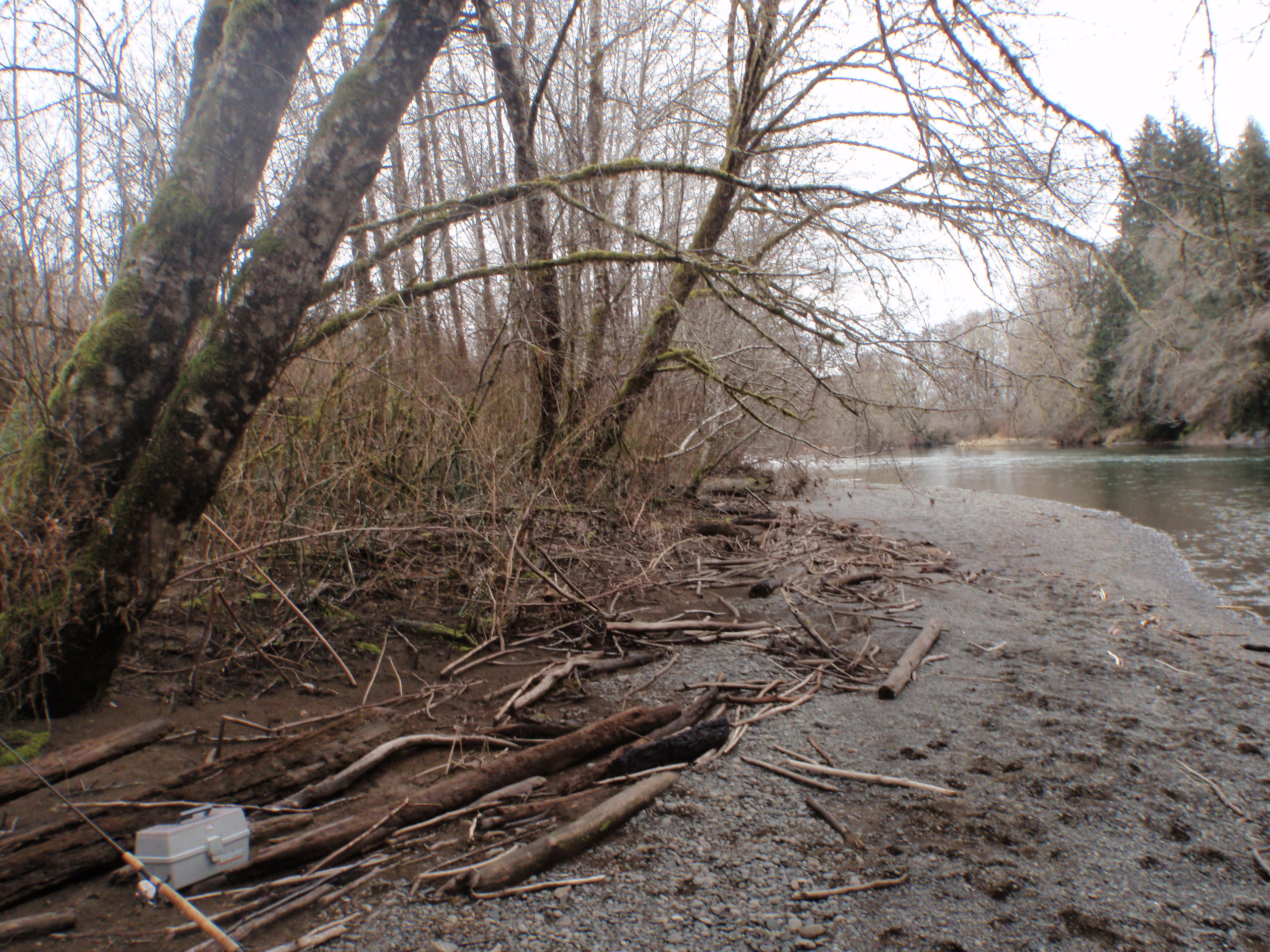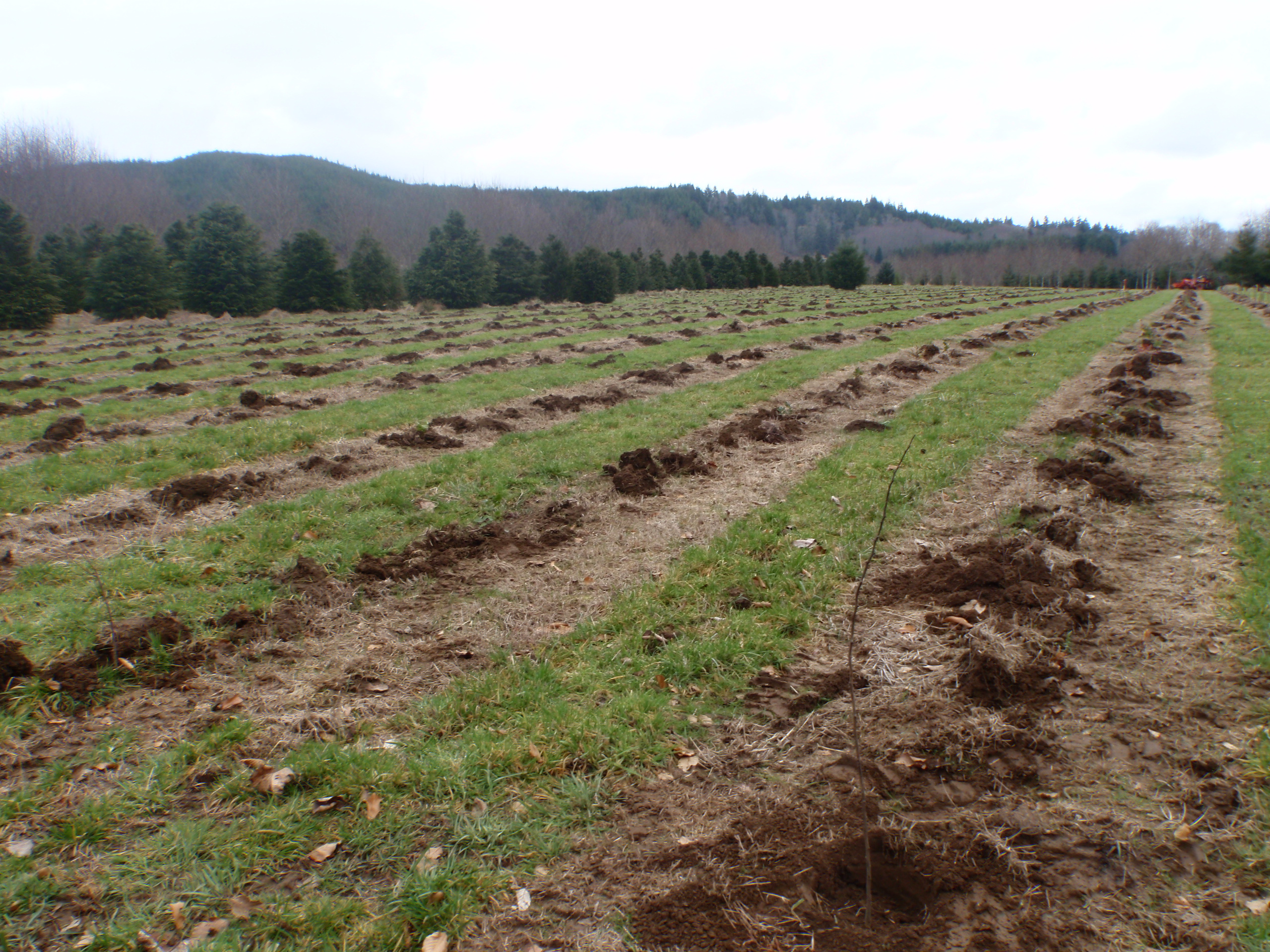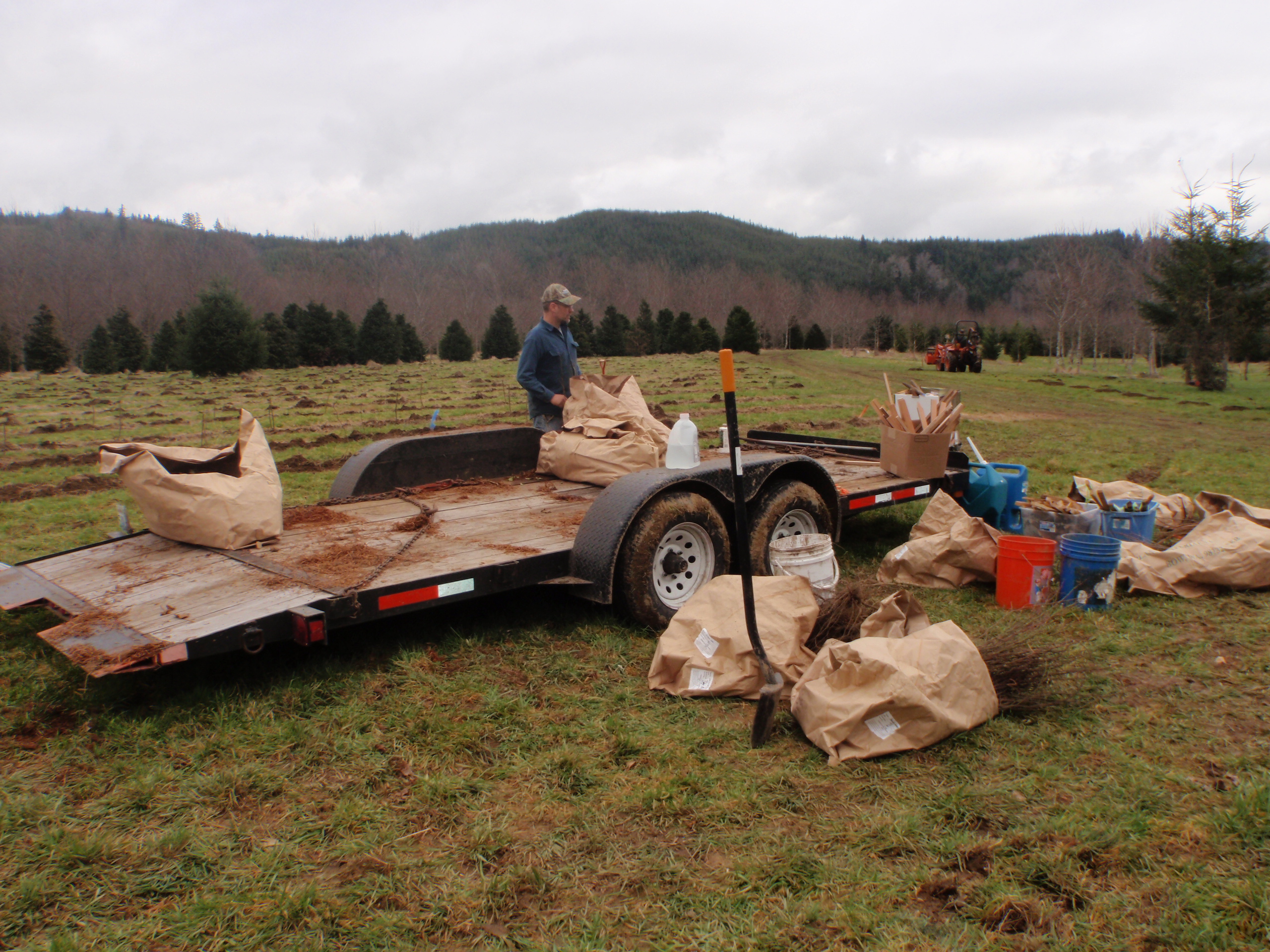EQIP and A Family Forest
Sasquatch Farm, Montesano, WA
By Neva Knott, edited by NNRG
Often when we think of a family forest, we envision grandparents or parents passing the land from generation to generation. Some family forests grow differently, such as Sasquatch Farm, founded by brother and sister, Garry and Nancy Dale.
In 2001, the siblings purchased the 60-acre farm nestled on the bank of the Wynoochee River near Montesano. The third of a mile of river frontage appealed to Garry, a fisherman and fish biologist; while Nancy was drawn to its proximity to her alma mater, Evergreen State College.
The duo embarked on a unique joint venture to transform the former corn fields on the property into a thriving, diverse ecosystem of wild and cultivated medicinal herbs as well as restoring the riparian forest along the river. The siblings enlisted the help of their mother, Beverly, making Sasquatch Farm a family project in ecological restoration that would bring the Dales together with a shared purpose.
During the first few years of ownership, the Dales focused their efforts on restoring the riparian buffer zone along the river. Riparian plants are instrumental in improving water quality. Their roots hold the surrounding riverbank in place, staving off erosion and preventing large silt and debris deposits. Leafy vegetation shades the stream, preventing additional warming of the water and is also home to insects and invertebrates. The team also addressed economic viability of the forest by planting high value trees both in groves and along property lines.
The Dales were initially drawn to Northwest Certified Forestry (NCF) because of their interactions with NCF Director, Kirk Hanson, who shares their interest in permaculture and agroforestry. Sasquatch Farm became a member of NCF in 2008, which provided Nancy and Garry with technical assistance to embark on their restoration journey. With their management plan and goals in place, they sought Forest Stewardship CouncilTM certification. The FSC® certification is an indicator of well-managed forests. It also allows them to use the FSC label on their forest products, giving them access to expanding green and niche markets.
Kirk continued to collaborate with the Dales and suggested they apply for an Environmental Quality Incentives Program grant from the Natural Resources Conservation Service. EQIP is a federally funded cost-share program that provides rural landowners with technical and financial assistance to enhance the ecological values of their land. Projects that are commonly funded by EQIP include: tree and shrub planting, pre-commercial thinning, pruning, habitat creation with snags and downed logs, installation of bird nesting boxes, and invasive species removal. EQIP also provides funding for forest owners to hire a professional forester to develop a comprehensive forest management plan.
Working toward a larger goal
Taking a phased and comprehensive approach, in 2012, the Dales were awarded EQIP funds to work with Kirk to develop an overarching conservation plan for the property. Nancy explained that this was a step in “working toward a larger goal”. Kirk’s consulting work and recommendations provided a myriad of opportunities for the Dales to pursue.
This year, 2013, Nancy and Garry again received EQIP assistance to begin implementing the various practices outlined as part of the conservation activity plan. EQIP specifically covered the costs of planting 2,800 additional trees and shrubs, thinning the dense riparian forest they planted nearly 12 years ago, pruning the hardwoods planted along their property lines, and adding habitat piles to attract small mammals and other wildlife.
Programs such as EQIP foster symbiotic relationships within communities because they thrive on the collaboration of multiple and varied entities. It is typical to see state and local agencies, as well as private contractors, join in the development and implementation of restoration projects. In the case of the Dales, friends came down to help with the planting, purchase of the plants was arranged by the local Washington Conservation District, and consultation services were solicited from the Grays Harbor County Forester and from NCF. When asked if he would recommend the EQIP program, Garry said, “Oh, yeah.”
Today, Baldhip rose, blue elderberry, Douglas spirea, Indian plum, red flowering currant, serviceberry, sweet gale, thimbleberry, and other fruit bearing plants cover the forest floor. Douglas-fir, red alder, black hawthorn, and Alaska yellow cedar fill in the perimeter of the property. Beverly, who now manages the daily operations, proudly explains that trees are growing two times the usual rate at Sasquatch Farm because of the quality of the soil in Wynoochee’s flood plain. She explains: “When we bought the place, you could just look at the soil and tell it was depleted. Now, the soil looks like chocolate.”
The Dales champion conservation values in their management practices at Sasquatch Farm. They also see restoring the ecological value of their property as a sound economic investment. By improving the biodiversity of the land, the Dales are creating opportunities for multiple income streams from the farm. Garry is exploring the marketable uses of non-forest products that he is cultivating on the land. Now, they grow garlic as a commercial crop and tend a garden of medicinal herbs, Wynoochee apples, wine grapes, and vegetables, and sell the timber from thinning projects as firewood. Not only do these efforts increase the diversity of the farm, they also illuminate the potential for economic sustainability by providing an amount of income to the owners and creating funds for further restoration.
——————
Inspired? Learn what EQIP can do for your forest:





Leave a Reply